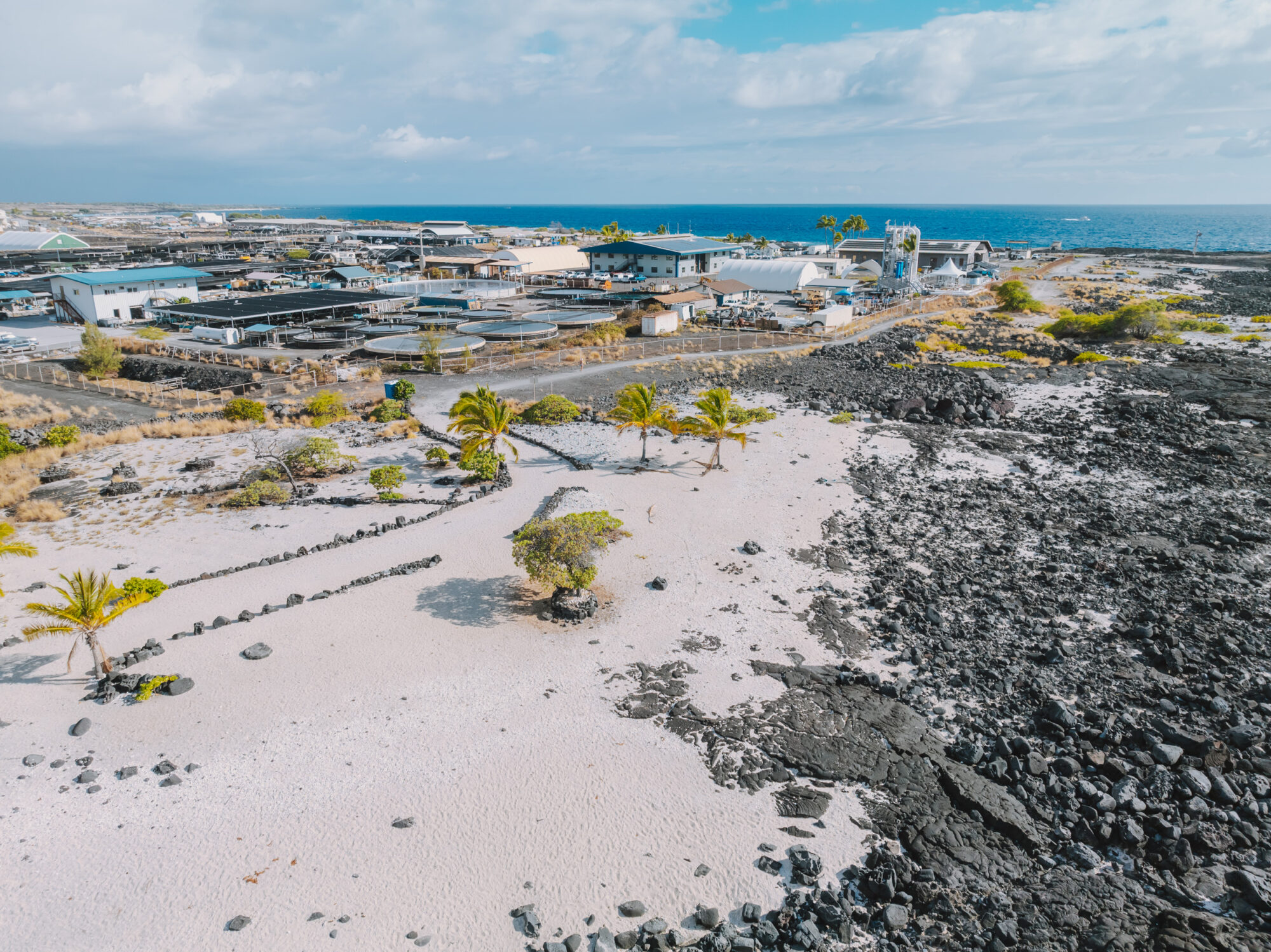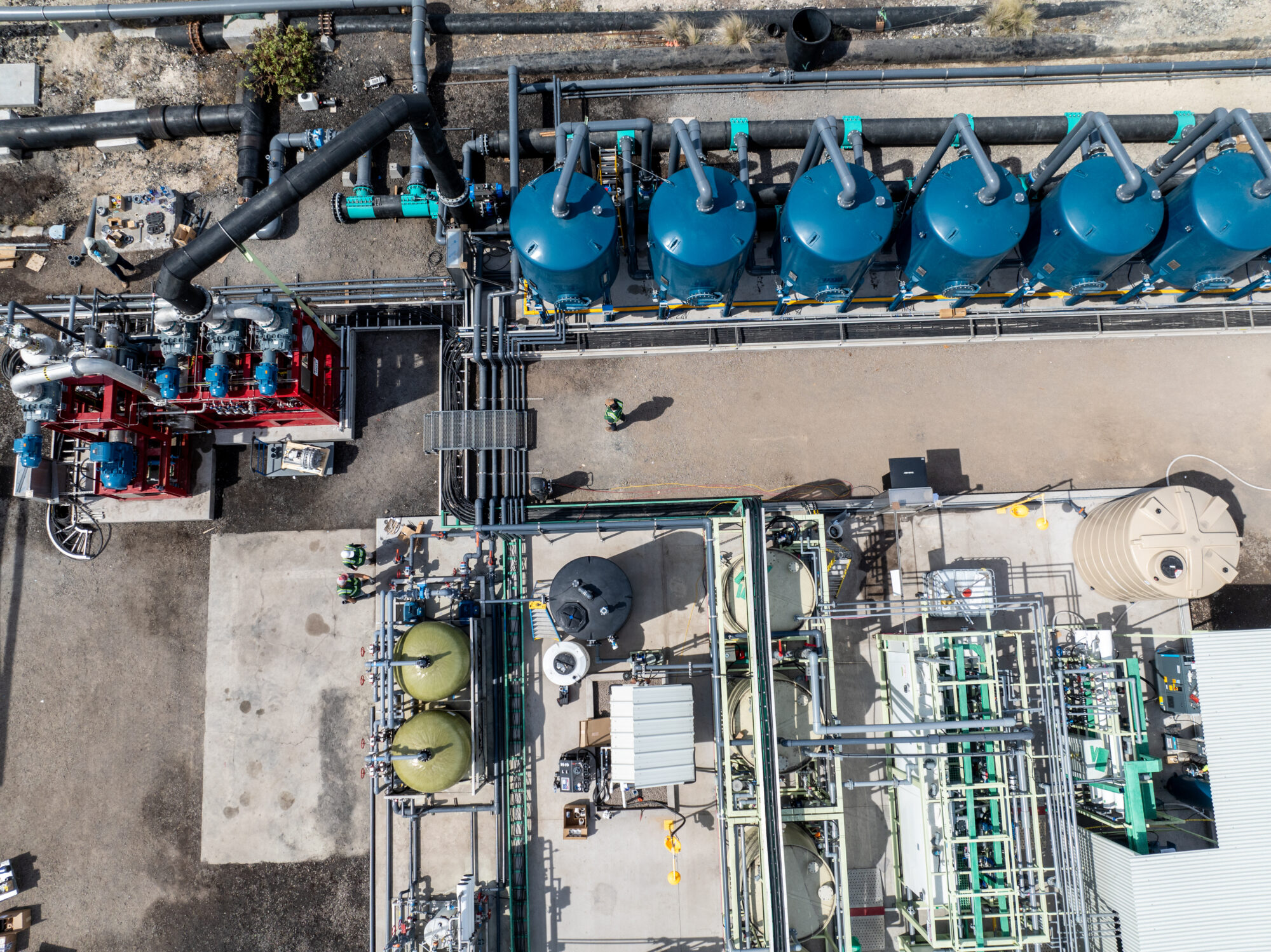Captura advances Direct Ocean Capture commercialization efforts in Los Angeles and Hawaii
In the world of cleantech, the journey from lab innovation to real-world application is crucial. The greatest single challenge with scaling any new technology is making the leap from the development phase to mainstream commercial viability. Captura understands this challenge and is taking bold steps to bridge the gap. In an exciting move to fast-track the commercialization of our Direct Ocean Capture (DOC) technology, Captura is advancing our research, development, and demonstration (RD&D) efforts in Los Angeles and Hawaii. This expansion aims to accelerate the completion of our piloting program and ready our technology for deployment in large-scale commercial plants.
Hawaii: A technology deployment testbed
Following the successful operations of our first two pilot systems in California, Captura and Equinor are working together to build the third system in our technology pilot program. With the capacity to capture 1000 tons of CO2 from the ocean annually, the pilot will be installed at the Hawai‘i Ocean Science and Technology (HOST) Park – a leading ocean research facility run by the Natural Energy Laboratory of Hawaii Authority.
Originally targeted for Norway, the system is being relocated to HOST Park to increase the speed of technology demonstration and rapidly advance DOC towards commercial deployment. As a dedicated ocean research and technology demonstration facility, HOST Park offers the ideal combination of natural resources, existing infrastructure, and services to accelerate our piloting program while ensuring environmental sustainability. With more than 50 companies in aquaculture, decarbonization, and other sectors of the blue economy finding a home at HOST Park, Captura is excited to join this thriving ecosystem.
Installation of the pilot is expected to begin in November, with operations targeted for early 2025. Following the successful demonstration of our technology at kiloton-scale, Captura plans to launch commercial plants worldwide, with first plants expected to remove tens of thousands of tons of CO2 annually.


Hawai‘i Ocean Science and Technology Park. Image credit Tetrachrome
Los Angeles: A hub of innovation and MRV
Captura is also expanding our RD&D efforts at the site of our 100 ton-per-year pilot facility at AltaSea at the Port of Los Angeles. New equipment and systems are being installed to test key process upgrades developed by our team, including innovative new breakthroughs in our electrodialysis and gas extraction steps that have the potential to deliver significant process efficiencies. Captura’s oceanography team is also expanding our ongoing ocean health and Monitoring, Reporting & Verification (MRV) program, progressing a range of environmental monitoring protocols, ocean modeling, and biological impact studies at this site.

Captura’s 100 ton-per-year pilot system at AltaSea at the Port of Los Angeles
The insights and operational data generated in Hawaii and Los Angeles are critical for the diligent demonstration and scale-up of DOC technology. This work paves the way for both the initial commercial deployment of Captura’s technology, and its ongoing optimization to reach climate-relevant scales of carbon removal.
Deep dive: Learn about our RD&D focus areas
To take a detailed look at the proprietary technologies being demonstrated in Los Angeles and Hawaii, and to learn how these innovations are increasing the efficiency of DOC while reducing costs, read our recent white paper: Innovations and cost reductions in Direct Ocean Capture.
For a deeper look at Captura’s ocean health and MRV approach, read our Protocol. Published in October 2023, this document details Captura’s practices for ensuring our ocean operations are safe for the marine ecosystem.



